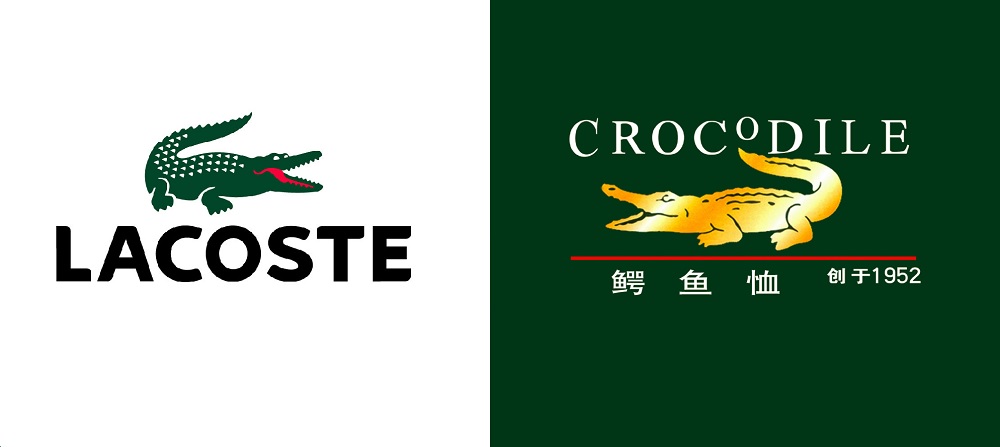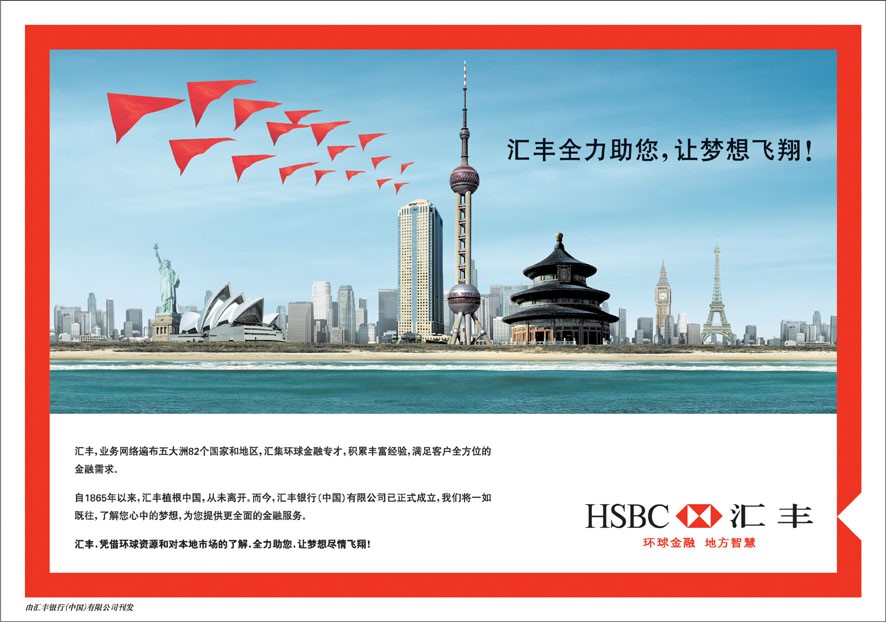
From 2005-2015, branding in China has undergone a roller coaster of rapid development. In my previous article, I shared my observations of how branding has transformed the way 1.3 billion people consume. For this first article of 2016, I will share with you insights about naming.


The First Steps of Branding
The interesting thing about naming a brand is that it is usually done at the beginning of the brand’s life. This means that even if a brand platform has been drafted, the brand’s personality and value proposition have not been totally cemented. In fact, before a product has fully launched, before the interaction with stakeholders has been defined, before the project has been refined and matured, a brand name is decided.
Most brand naming may be done by the internal team – specifically the founders of the company who are dreaming, conceiving, and launching the brand, but there are specific technicalities in naming. A name is a brand identity vehicle that needs to be legally available for use (the trademark aspect), suitable for different languages as the brand expands (the linguistic aspect), and designed to create a bond with consumers (the rational, emotional, and subconscious response aspect). Therefore companies turn to brand consultancies with naming capacities to timely develop names that will fit these technical criteria.
During the process of name development, brand consultancies have the opportunity to interact with the brands in their infancy, before traits are set in stone. This makes name development a projective exercise as the letters, sounds, and words add a particular personality and association to the brand, sometimes challenging the existing platform. The projective power of names enables the brand team to see their brand through new and differentiated lens.
In short, naming influences the brand positioning by actualizing it at an early stage in its development.
Naming Localization: The Language Equation
This is true in any country, but specifically in China, this holds true too for the alphabetic names and for the Chinese names of brands.
For Chinese-born brands, there is an interesting phenomenon: many of the higher-level decision makers do not think about their businesses as brand programs. This is changing, but it is not yet fully ingrained. Brand names in alphabetic form, especially, are thought by Chinese-born brands as placeholders – there is not a conscious understanding that they are projecting a brand program. This creates a very dry environment. For brand consulting, this means a lot of creativity is required to create an engaging work process that will circumvent this resisting mindset.
The originality for Western brands is that they may come with a portfolio of brands that are still not being used in China. This allows them to immediately have own their space, but as a distinctly foreign brand, this space is alien and enigmatic for Chinese customers, inherently undefined. The Chinese name that connects with local customers is still to be created. In countries like China, where there is a distinctive culture and also a hyper-competitive environment, there is a very frequent need for localization. Chinese brand naming is at the center of this localization, and will play a similar role in the naming of a brand in its infancy as described above. It is a new start for the brand.
The required market specificity makes it necessary to look introspectively into the brand and, more often than not, creating the Chinese brand name will be a very revealing process. Increasingly, international companies develop brands that are only designed for the local market, requiring the development of a local sense for alphabetic naming.

The Six Laws of Naming

Chinese names are now a must for international brands in China. Even the most historical “value-by-international” brands (i.e. Louis Vuitton, now 路易威登) adopt localized structures and there are six reasons for this need:
- Chinese consumers are increasingly using Chinese brand names when looking for brand information.
- If a company doesn’t give its brand a Chinese name, someone else will (clients, competitors, distributor, and counterfeiters).
- A Chinese name allows a brand to better build and maintain brand equity.
- A Chinese name, if well developed, can make the verbal identity linguistically appealing and tempting to the target market.
- The Chinese brand name is the local embodiment of the brand’s culture, values, personality, and vision. This is achieving a form of localization for the brand that helps it succeed.
- Finally, the exoticism of foreign names that used to appeal Chinese consumer is balanced by the risk of being perceived as a giant international brand that is distant from the Chinese consumer.


I foresee that the current strengthening and the importance of verbal identity in China will continue for two distinct reasons: The first reason is that verbal identity plays a key role as a first step in brand thinking, and the unique implications involved in the Chinese language will lead many consultancies to develop naming capabilities for international companies entering the Chinese market.
It will be further enhanced by the rise of alphabetic names developed for Chinese brands which progressively will take into account the possibility of being used globally – a new breed of brand names with a Chinese flavor set to conquer the world. Think about the impact a brand like Huawei has on our perception of what a brand name could be!
Images: Labbrand
